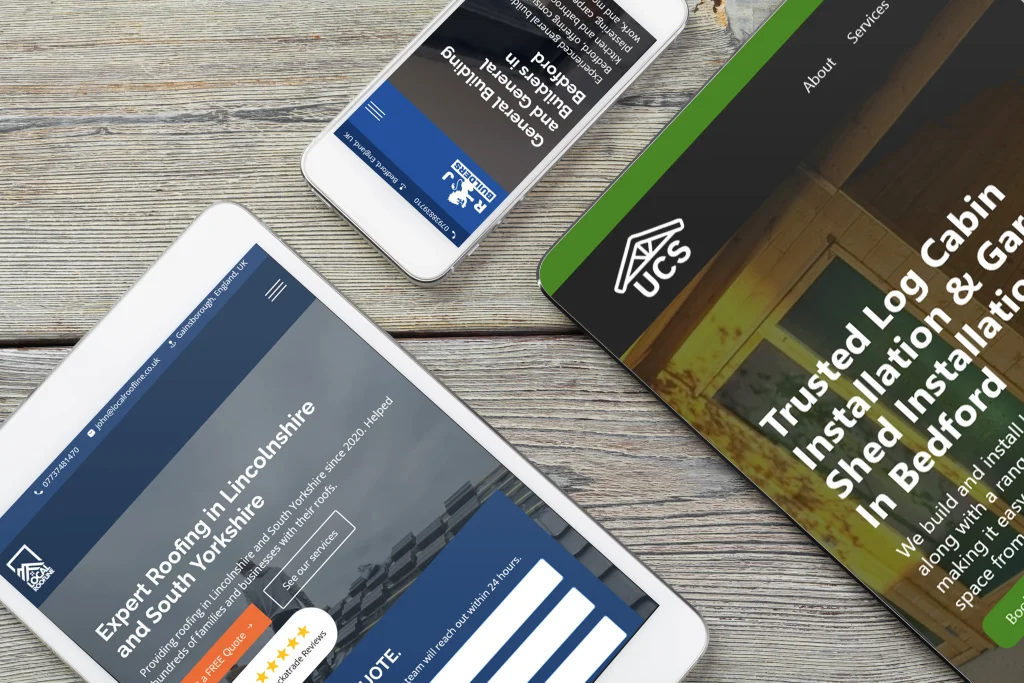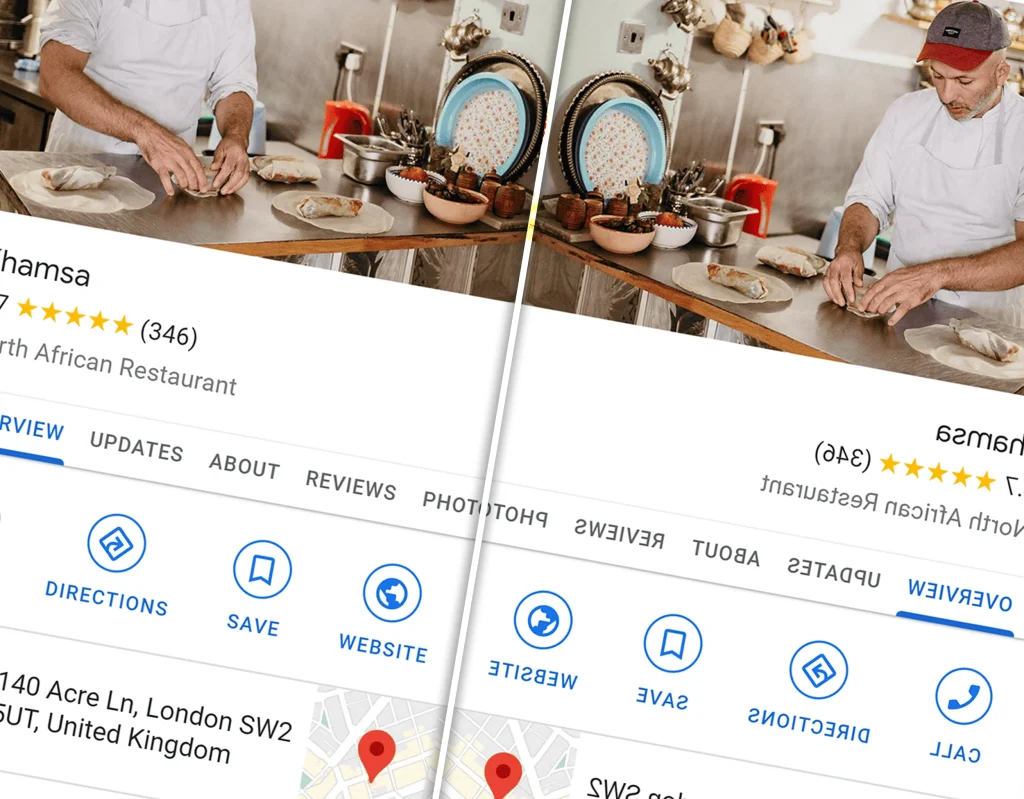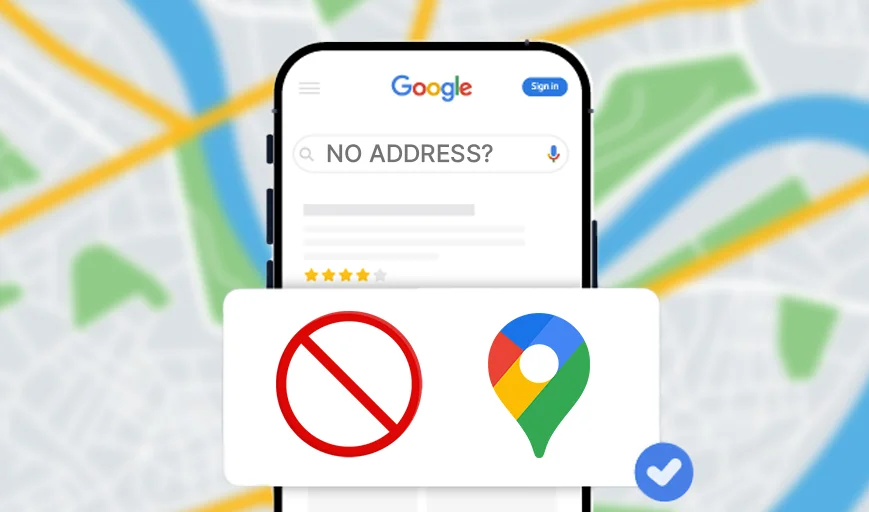In today’s digital age, having a well-designed website is crucial for service-based businesses. A good website not only helps attract potential clients but also ensures they have a positive experience. This guide will walk you through the essential elements of web design tailored specifically for service-based businesses.
Key Takeaways
- A strong online presence is essential for attracting and retaining clients.
- Responsive design ensures your website looks great on all devices.
- Clear call-to-actions guide visitors to take desired actions.
- High-quality images and videos can enhance the user experience.
- Fast loading speeds are critical for keeping visitors engaged.
Understanding the Importance of Web Design for Service-Based Businesses
Creating a Strong Online Presence
In today’s digital world, having a well-designed website is crucial for any service-based business. Your website acts as the online face of your brand, and it plays a big role in attracting and engaging potential customers. A poorly designed website can drive visitors away and harm your brand’s reputation. Convert more visitors with a service business website by ensuring it looks great and functions smoothly.
Enhancing User Experience
A great user experience can make a huge difference. When visitors find your website easy to navigate and visually appealing, they are more likely to stay longer and explore your services. This can lead to higher engagement and better customer satisfaction. Remember, shaping a great user experience for your visitors has the potential to raise conversion rates by as much as 400%.
Improving Conversion Rates
A well-designed website can significantly improve your conversion rates. By making it easy for visitors to find what they need and take action, you can turn more visitors into customers. This includes having clear call-to-actions, easy navigation, and fast loading times. In the end, a good web design is not just about looks; it’s about creating a seamless experience that encourages visitors to convert.
Key Elements of Effective Web Design for Service-Based Businesses
Responsive Design
A mobile-friendly service business website is crucial in today’s digital age. Responsive design ensures that your site looks great on all devices, from desktops to smartphones. This not only improves user experience but also helps you show up at the top of search results for service businesses.
Clear Call-to-Actions
Effective web design for generating leads in service industries relies heavily on clear call-to-actions (CTAs). These prompts guide visitors towards taking specific actions, such as contacting you or signing up for a newsletter. Well-placed CTAs can significantly increase customer engagement for service-based businesses.
Consistent Branding
Consistent branding across your website helps build trust and recognition. Use the same colours, fonts, and logos throughout your site to create a cohesive look. This not only makes your site more professional but also helps to attract more clients with a professional service business website.
Consistent branding is key to making a lasting impression on your visitors. It helps in creating a unified and professional look that can attract more clients.
By focusing on these key elements, you can create an effective service business website that not only looks good but also helps to generate more leads for service-based businesses.
The Role of Mobile Optimisation in Service-Based Web Design
Adapting to Mobile Users’ Needs
In today’s world, more people use their smartphones and tablets to browse the internet. Mobile optimisation ensures that visitors accessing a website from mobile devices have an experience tailored for mobile use. This means making sure the site looks good and works well on smaller screens. A mobile-responsive website is crucial for keeping users happy and engaged.
Optimising for Speed
Fast loading speed is essential for mobile users. Optimised code, compressed image file sizes, and deactivated resource-draining plugins help achieve this. Research shows that images account for 38% of a total webpage’s weight on mobile. By optimising visual content, you can ensure quick web page loading, which helps eliminate user frustration and improves SEO rankings.
Ensuring Cross-Device Compatibility
A responsive web design means the same application works on both web and mobile. This leads to a uniform user experience across various devices, enhancing brand values. It also helps eliminate repetitive development costs, making it a cost-effective solution for businesses. Ensuring cross-device compatibility is key to reaching a wider audience and providing a seamless experience.
Incorporating SEO Strategies into Service-Based Web Design
Keyword Research and Implementation
To make sure your website shows up in search results, you need to do keyword research. This means finding the words and phrases people use to search for services like yours. Once you have a list, you should include these keywords in your website’s content. This helps search engines understand what your site is about and rank it higher.
Optimising Meta Tags
Meta tags are small pieces of text that describe a page’s content. They don’t appear on the page itself but in the page’s code. By optimising meta tags, you can help search engines better understand your content. This can lead to higher rankings and more visitors.
Creating Quality Content
Creating quality content is key to keeping visitors on your site and encouraging them to come back. Your content should be informative, engaging, and relevant to your audience. This not only helps with SEO but also builds trust with your visitors.
The integration of SEO and web development ensures that your website is optimised for both search engines and users, resulting in higher rankings and increased visibility.
Local SEO for Service Businesses
Local SEO is crucial for service-based businesses. It helps your website show up in local search results, making it easier for potential customers in your area to find you. This involves optimising your site for local keywords, creating a Google My Business profile, and getting local backlinks.
Utilising Visual Elements to Enhance Service-Based Websites
Visual elements play a crucial role in making service-based websites more engaging and effective. Crafting a visually stunning website is not just about aesthetics – it’s about strategically implementing design elements that elevate your online presence.
High-Quality Images and Videos
Using high-quality images and videos can significantly enhance the user experience. These visuals should project your brand essence, incorporating stylistic colour schemes and professional imagery. Animated graphics can attract attention without causing distraction.
Infographics and Data Visualisations
Infographics and data visualisations are excellent tools for presenting complex information in an easily digestible format. They can make key statistics stand out, making your content more compelling and memorable. Consider using charts and graphs to nudge visitors towards conversion.
Visual Hierarchy and Balance
A well-balanced visual hierarchy ensures that your website is both interesting and easy to navigate. The goal is to balance design and functionality, avoiding overwhelming visitors with too many graphic elements. Your design should be interesting enough to entice potential visitors but simple enough to maintain focus on your solutions.
When it comes to the design of your service pages, the goal is to balance design and functionality. The last thing you want to do is overwhelm your visitors with too many graphic elements that confuse and distract them from solutions you provide.
The Impact of Loading Speed on User Experience in Web Design
Optimising Page Loading Times
Speed is crucial for usability. No one has the patience for a slow-loading website. As page load time increases from one second to ten seconds, the chance of a mobile visitor leaving jumps by 123%. To keep users engaged, it’s essential to optimise code, compress image file sizes, and remove unnecessary design elements.
Minimising HTTP Requests
Reducing the number of HTTP requests can significantly speed up a website. This involves combining files like CSS and JavaScript, using sprites for images, and limiting the use of plugins. Each request adds to the load time, so fewer requests mean faster pages.
Leveraging Browser Caching
Browser caching stores parts of your website on a visitor’s device, so it loads faster on subsequent visits. By setting up proper caching rules, you can ensure that returning users experience quicker load times, enhancing their overall experience.
A fast-loading website not only keeps users happy but also improves your site’s SEO ranking, making it a win-win situation.
Navigational Best Practises for Service-Based Websites
Intuitive Menu Structures
A well-organised menu is key to a good user experience. Simple and concise navigation helps visitors find what they need quickly. Avoid flashy elements that can confuse users. Instead, focus on a clean layout that highlights important sections.
Clear Navigation Paths
Users should always know where they are on your site. Use clear labels and logical paths to guide them. This makes it easier for potential customers to explore your services and find the information they need.
Breadcrumb Navigation for Easy Backtracking
Breadcrumbs are a great way to help users backtrack. They show the path taken to reach the current page, making it easy to return to previous sections. This is especially useful for complex sites with many pages.
Integrating Social Proof to Build Trust in Service-Based Web Design
Establishing credibility and trust online is crucial. Integrating social proof into web design is one of the most effective ways to achieve this.
Client Testimonials and Reviews
As soon as you finish jobs with happy clients, ask them for a testimonial. It might feel awkward at first, but think about how hard it is for you to trust a service provider you don’t know when you have little proof that they’re qualified to do what they claim. With testimonials clearly displayed on your website, you can clear up doubts they have about taking that next step and filling out your form or giving you a call.
Case Studies and Success Stories
Sharing detailed case studies and success stories can show potential clients how you have helped others. This not only highlights your expertise but also builds trust. People love to see real-world examples of how your services have made a difference.
Trust Badges and Certifications
Displaying trust badges and certifications on your website can further establish your credibility. These symbols show that your business meets certain standards and is recognised by reputable organisations. This can be especially reassuring for new visitors who are considering your services.
By ensuring your website is free of errors, you can ensure that their first impression is solid.
Ensuring Accessibility and Inclusivity in Service-Based Web Design
Designing for Different Abilities
To make your website accessible to everyone, it’s important to consider the needs of people with different abilities. This includes enabling tools like speech readers for the visually impaired and captioned videos for those who are hard of hearing. Ethical inclusion means making sure everyone can use your site easily.
Providing Alternative Text for Images
Adding alternative text to images helps people who use screen readers understand what the images are about. This is a simple but effective way to make your website more inclusive. It also helps with SEO, making your site easier to find.
Ensuring Keyboard Accessibility
Many people rely on keyboards instead of a mouse to navigate websites. Make sure your site can be fully used with just a keyboard. This includes being able to access all interactive elements and forms. This small step can make a big difference in usability.
Making your website accessible is not just about following rules; it’s about creating a better experience for everyone.
Creating a website that everyone can use is super important. At our company, we make sure your site is easy to navigate for all users, including those with disabilities. This means more people can enjoy your services. Want to know more? Visit our website to see how we can help you build a user-friendly site that stands out.
Conclusion
In conclusion, having a well-designed website is crucial for service-based businesses. It helps create a strong online presence, enhances user experience, and improves conversion rates. Key elements like responsive design, clear call-to-actions, and consistent branding are essential. Mobile optimisation, SEO strategies, and visual elements also play significant roles. Additionally, loading speed, easy navigation, social proof, and accessibility are vital for a successful website. By focusing on these aspects, service-based businesses can build trust, attract more clients, and ultimately grow their business.
Frequently Asked Questions
Why is web design important for service-based businesses?
Web design is essential because it helps create a strong online presence, enhances user experience, and improves conversion rates.
What are the key elements of effective web design for service-based businesses?
Important elements include responsive design, clear call-to-actions, and consistent branding.
Why is mobile optimisation important in web design?
Mobile optimisation is crucial to meet the needs of mobile users, ensure fast loading speeds, and maintain compatibility across different devices.
How does SEO fit into web design for service-based businesses?
SEO involves keyword research, optimising meta tags, and creating quality content to improve search engine rankings.
What visual elements should be used to enhance a service-based website?
High-quality images and videos, infographics, and a balanced visual hierarchy can make a website more appealing.
How does loading speed affect user experience?
Slow loading speeds can frustrate users. Optimising page loading times, reducing HTTP requests, and using browser caching can help.
What are the best navigation practises for service-based websites?
Using intuitive menu structures, clear navigation paths, and breadcrumb navigation can help users find their way around the site easily.
How can social proof build trust on a service-based website?
Client testimonials, case studies, and trust badges can help build credibility and trust with potential clients.











